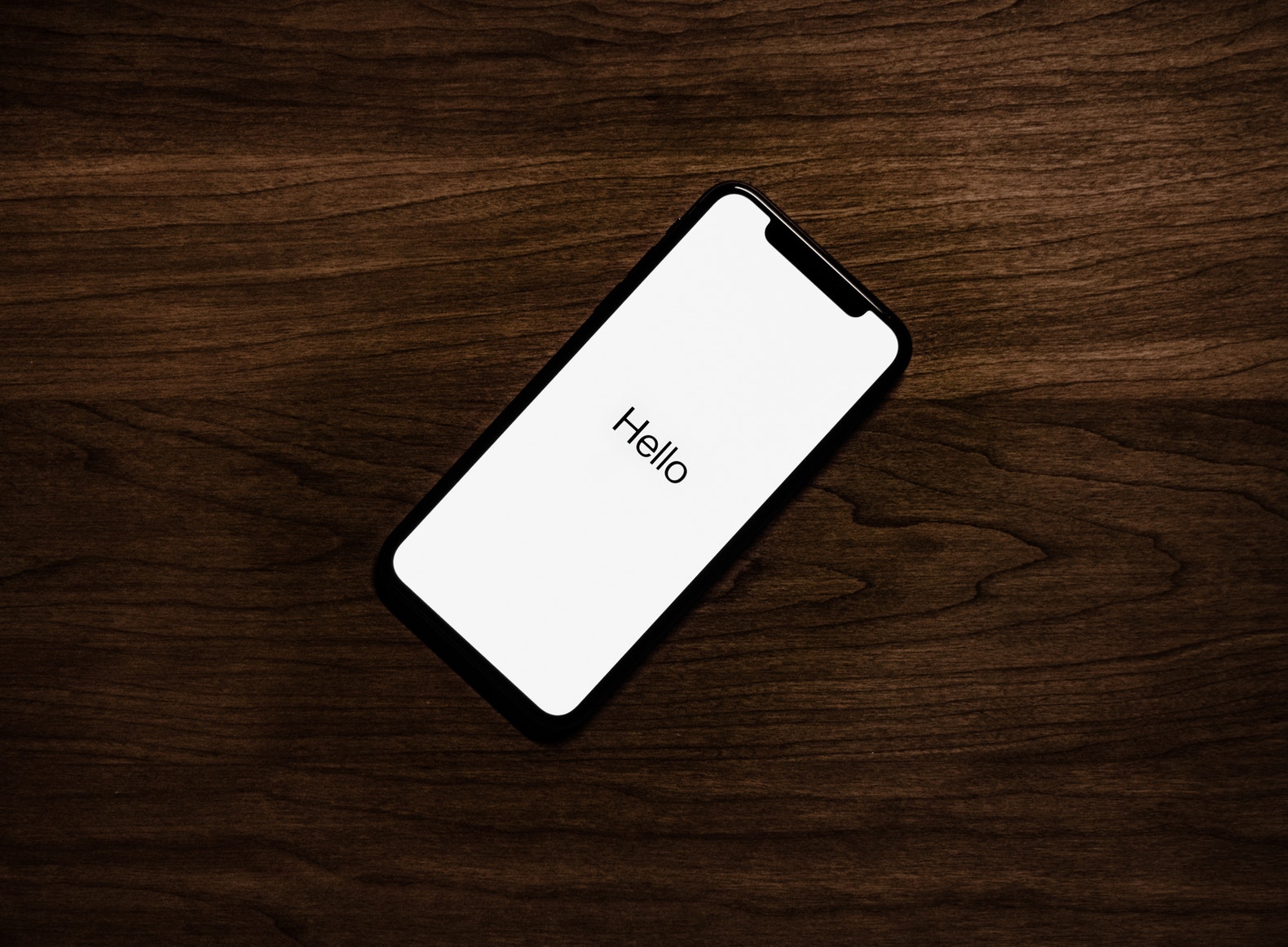
When the iPhone first came out, it was easy to gloat about having the best smartphone around. As time has passed, Android has gotten better and better and even started to close the gap between the two platforms. However, this year at WWDC, we were reminded of the question, “Is it better to be first or best?”
As Apple users/developers, we’ve had to ask ourselves this question quite often when our Android friends decide to rub features in our face. But now we finally have some long-awaited features that Android users have had for a long time. And we think they were worth the wait; Apple has brought the elegance that only Apple can bring to some of these new-to-us features.
Here’s a list of the top five things Apple announced at WWDC 19.
Apple Maps
One of our favorite WWDC 19 announcements was the Apple Maps improvements. We can all admit that Apple Maps had a rough start, and the updates to the platform show how far Apple is willing to go to catch up to Google. To some, it may seem like it’s simply Apple doing what Google has already been doing…especially when it comes to Apple’s release of “Not” Street View. However, Apple Maps offers a service with privacy in mind, which is a great counterpoint when you consider the data that Google collects through their platforms.
Sign in with Apple
At WWDC 19 Apple showcased their commitment to privacy. Sign in with Apple is a huge breakthrough in user privacy. We’ve all had experiences with advertising where “they” seem to know EVERYTHING that we’ve done, searched, and sometimes even said out loud. Apple is doing a great job becoming the privacy leader in tech (and branding themselves as such).
Apple is now doing what they’ve done for credit cards to logging into websites. I love the idea of logging into websites with one click without them capturing every detail of my activity to share/sell to their heart’s desire. This is a big breakthrough for consumers regaining control of their data.
iPadOS
iPad has been under the iOS umbrella since it’s launch. Moving it into a category of its own shows the significance of the platform. If you have a website or an app, it’s more important than ever to have your products ready for iPad. From websites having desktop-class browsing on the iPad to apps being able to support multitasking, you now need to get your product ready for consumption on a third platform.
In addition to that, you’ll have even more opportunities to interface with your clients by getting your iPad apps ready for macOS thanks to Project Catalyst.
WatchOS
We’re curious to see how the Apple Watch having a dedicated App Store/standalone apps affect the way we use our watch. If you think back to WWDC 2008, the App Store came out and changed the way we use our phones. It’s interesting to think about how this could completely revolutionize the smartwatch.
SwiftUI
Google revealed during I/O 2019 that they are developing a SwiftUI-like library called Compose. Although Compose is at a much earlier stage than SwiftUI, the fact that both platforms are investing in a declarative UI toolkit seems like a positive signal for developers to invest in it, too.
SwiftUI will allow us to create apps faster, with less code, and for more platforms. It does require iOS 13, iPadOS 13, macOS 10.15, watchOS 6, or tvOS 13, so we won’t be able to utilize it for apps that support older operating systems (though we could use it for individual features in apps that aren’t available on older versions).
What about you?
We are really looking forward to learning more of the nitty-gritty details of how these WWDC announcements will impact the future of software development. Did you see anything that you want to apply to the apps you’re working on?